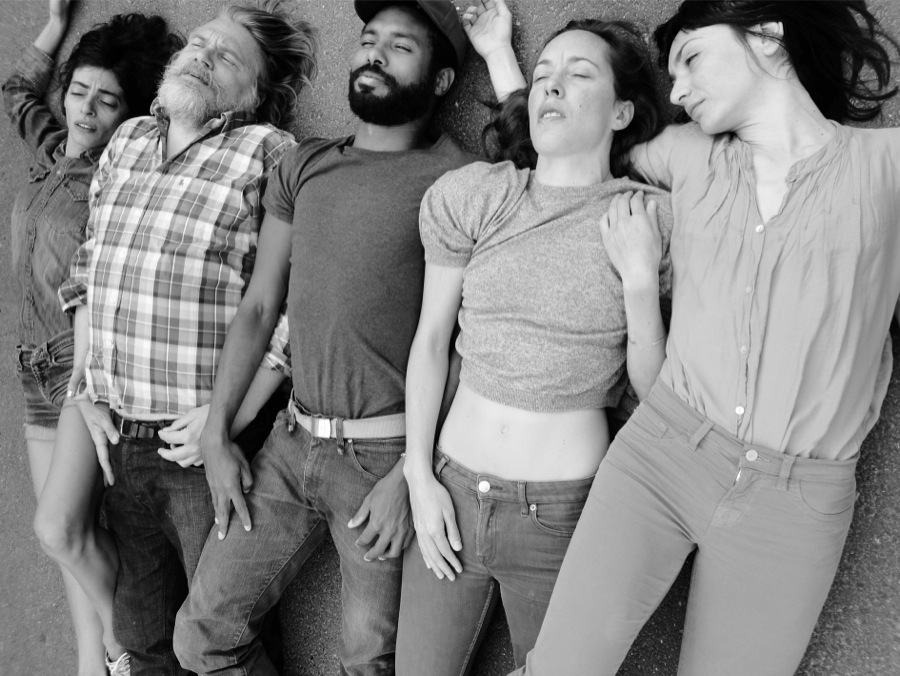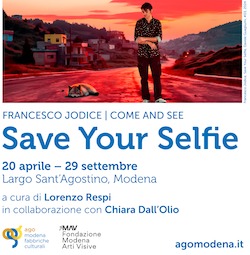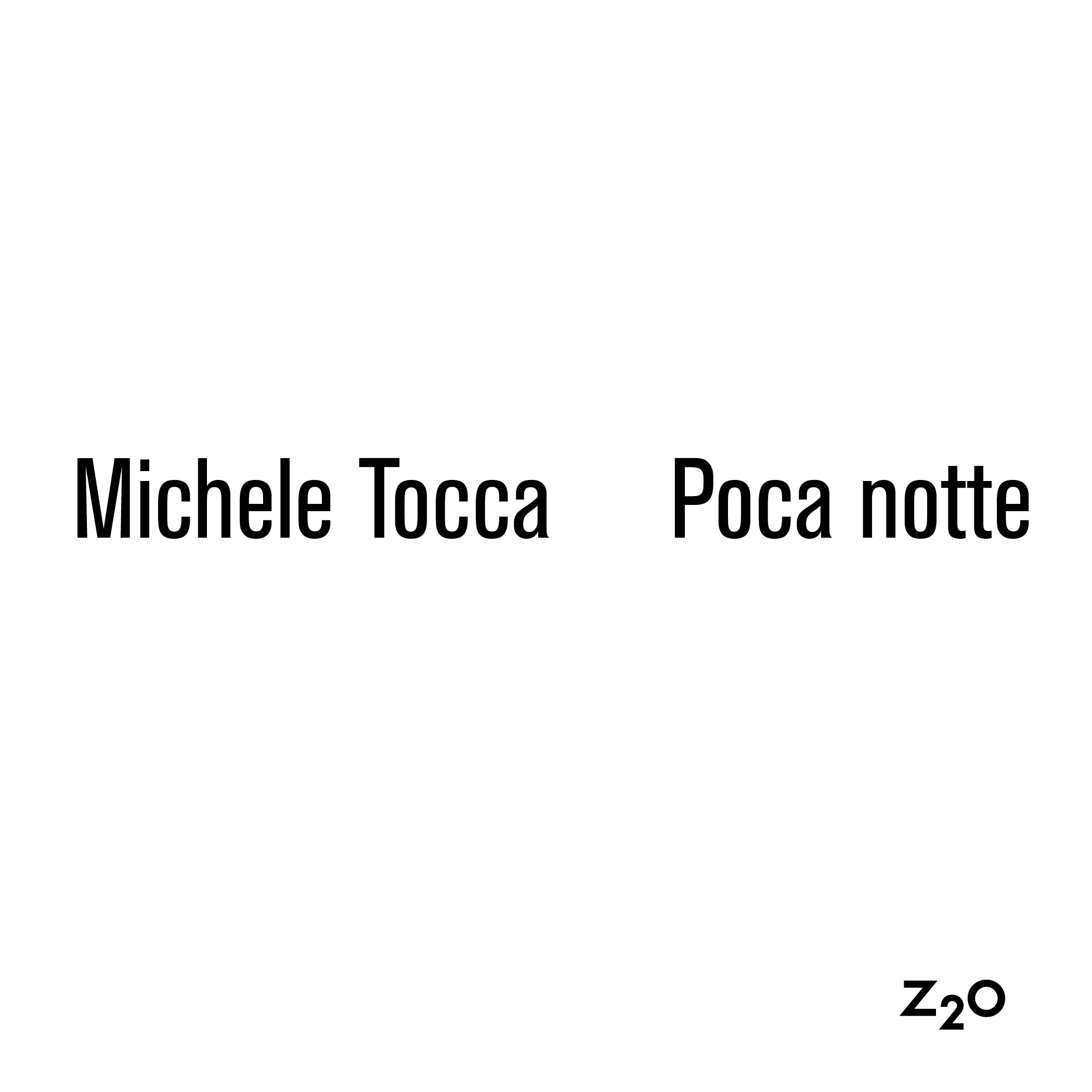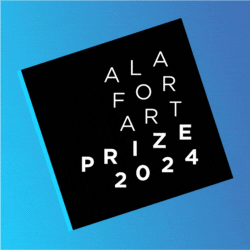
(English Text)
Nella serata del 10 aprile, alle ore 21, la LIVE ARTS WEEK ospita il nuovo lavoro della coreografa Maria Hassabi, PREMIERE. Presentato per la prima volta a New York per Performa 13, coinvolge un quintetto di singolari interpreti, costituito da Hristoula Harakas, Biba Bell, Andros Zins-Browne, Robert Steijn e la stessa Hassabi. Il titolo PREMIERE, quale indicatore di aspettativa e di rivelazione, amplifica le condizioni di ricezione del lavoro. Come apprezzare una ‘prima’ senza aspettative? Trattandosi di un evento annunciato con largo anticipo, rappresenta il primo incontro con il pubblico, dove lo spettatore guarda e valuta, è osservatore e critico. PREMIERE esplora il fascino trasformativo di questo momento iper-enfatizzato che convalida l’esistenza di qualunque creazione come opera d’arte.
ATPdiary ha posto alcune domande alla coreografa.
PREMIERE, the new work by choreographer Maria Hassabi brings, together a team of five performers, including Biba Bell, Hristoula Harakas, Robert Steijn, Andros Zins-Browne, and Hassabi. Over the past ten years, Maria Hassabi has developed a practice involved with the relation of the body to the image defined by the sculptural physicality and extended duration inherent in her choreography. Extending from her past works, PREMIERE underscores movement in a space shared with others, while highlighting the figurative role of the performer as body and object.
ATP: How would you tell about your performance PREMIERE?
Maria Hassabi: PREMIERE explores the transformative appeal of the over-emphasized moment which is a “premiere”: the first meeting with the public, the audience, as viewer and critic, which in turn validates the existence of any creation as a “work of art.” PREMIERE is performed by five people—Biba Bell, Hristoula Harakas, Robert Steijn, Andros Zins-Browne, and myself—underscoring movement in a space shared with others, while highlighting the figurative role of the performer as subject and object. Comprised of five solos occurring simultaneously onstage, the work unravels through impossibly slow movement with attention fixed on the intricacies of every shape, shift and negotiation of space. Through the shared state of being-in-motion together—the connectivities in space and gesture, exhibited and endured—each performer is implicated by the other’s presence, yet defined by their singularity.
ATP: Why did you choose this title?
M.H.: It is another term that I wanted to rethink. I often take basic terms that are mostly taken for granted in theater, and look at them through my own set of lenses, adapting them to the questions that are specific to my work. Premiere as a term is tied with anticipation and expectation. A premiere is the very first time we meet with the audience and when our work is first evaluated as art. A very important symbolic transition happens here. How can one sustain this anticipatory energy in a work that is made to be performed many times? These thoughts were my departure point.
ATP: How does the performance change according to the space you present it?
M.H.: The intention of the work itself doesn’t change. Anticipation remains central to the work, as well as the flow of the gestures and the movement, the change in the shape of the overall space, the way we engage with time. What changes is the setting, the container it exists in, and this affects the work accordingly. Each space we perform the work in is different, each theatrical venue has a character of its own, and there are also spaces that are not theaters, like MAMbo. Things have to shift and how we end up shifting … it’s a premiere every time.
ATP: Your practice has always been compared to sculptural material resistence and tension. In the conception of your choreographies, which basic principles do you follow?
M.H.: I make works where one has plenty of time to look, and to notice every little sigh and nuance that gets produced by the performers in each passing moment. The key components that occur within my practice, are particularly the relationship of the body to image, to sculptural physicality, to exertion and duration, and also to an element of cerebral precision.
During the process I pare down the material we are working with, trying to stay with what is essential, and really indispensable. This is when I start to see what’s going on and I can begin understanding what we’re doing. Usually with this process, very few things are left, and every detail that survives becomes a clear, suspended moment. This brings precision and clarity to each action, and that is what makes the physicality appear sculpted. I’m interested in the stillness and the emptiness that result from zooming into all this details and entering into a particular frame of mind. The sculptural aspect becomes less about some autonomous plastic object and more about a background that allows small details — even breathing and staying still —to be perceived in dramatic terms.
It is also very important for me to work on these components by grafting them to the performance of a distilled physical task. These tasks are also the rules that tend to guide the choreography, like being close but never touching or being locked in a mutual gaze, going up and down the risers in Intermission. Once I know them, I can use them as the lens through which to recognize the accumulation of viewpoints in the theater.












